Historically, people have long been fascinated by women’s feet, which have gotten bigger as heights and weights have increased over the past several decades.
For women in the United States, the average shoe size currently ranges between 8.5 and 9. Confusingly, the most commonly sold shoe size is a 7, which indicates that many women are buying shoes that are too small.
According to the Centers for Disease Control and Prevention (CDC), the average height for a woman over the age of 20 raised in the United States is 5 feet 4 inches. The corresponding number for men is around 5 feet 9 inches.
In Victorian times, simply showing a bit of ankle was considered scandalous. The Chinese and their practice of binding young women’s feet shocked and horrified the world.
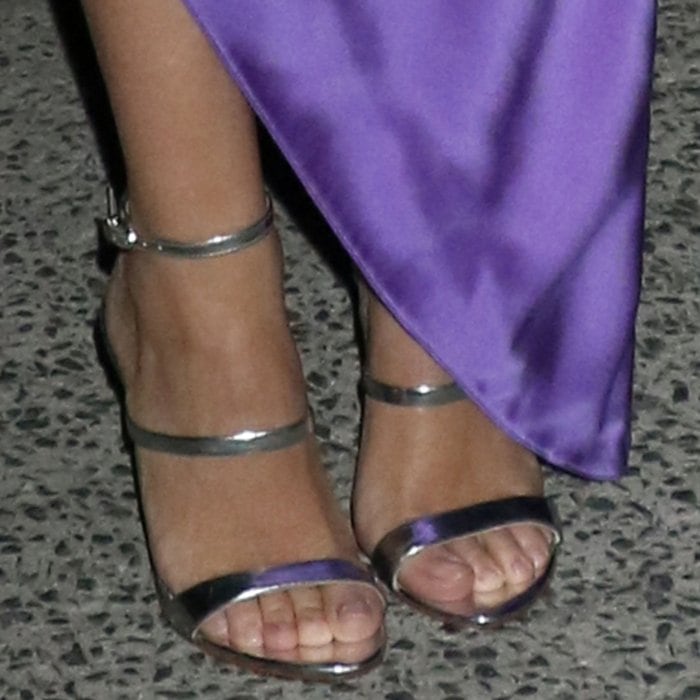
In the US, the ideal 50s housewife was often described as well-put-together, from her perfectly coiffed hair down to her dainty little feet.
The one thing these and other cultures have in common is that the smaller the woman’s shoe size, the more attractive she is.
But while old-school thinking about women’s feet might still prevail when it comes to their attractiveness, shoe retailers are reporting that the average women’s shoe size has grown over the past decades—from a size seven and a half to sizes eight and a half to nine.
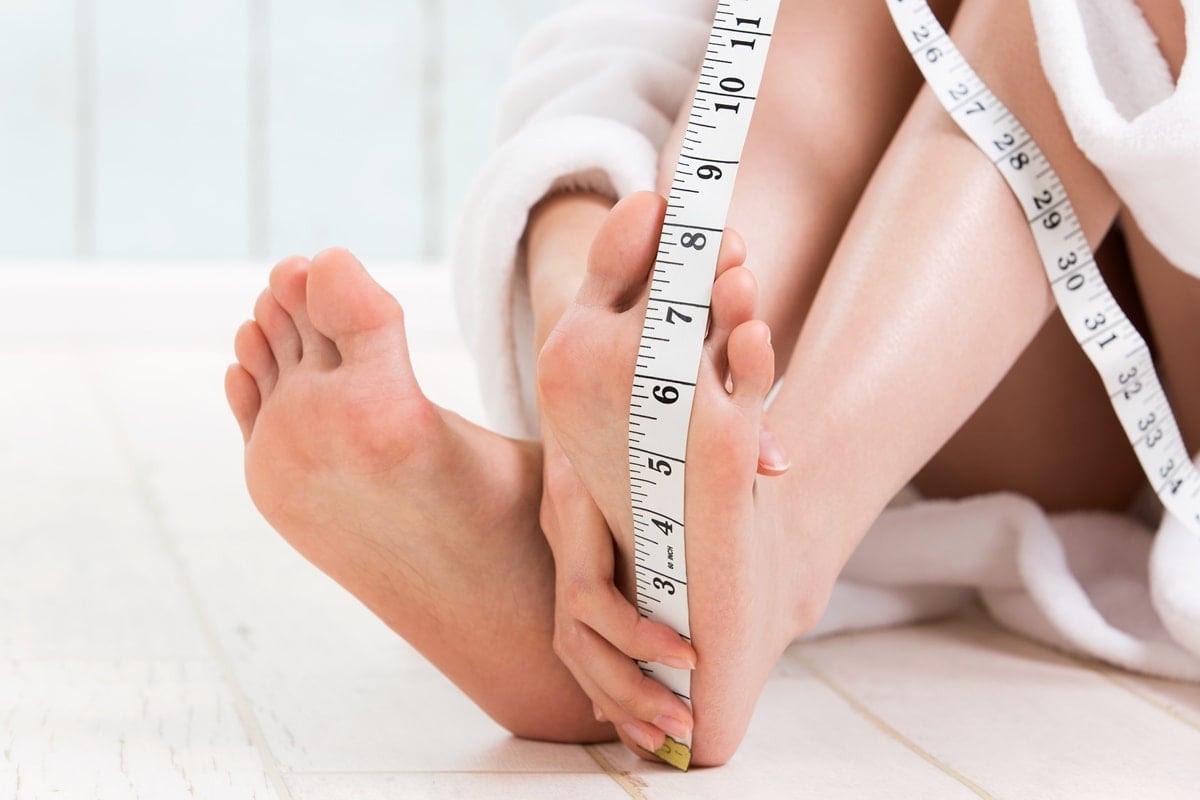
Perhaps it’s time to rethink how we feel about women’s feet.
Brief History of Women’s Shoes
Part of the reason attractiveness is tied to a woman’s shoe size is because of sexism. Back in the day, women were groomed to be soft, helpless creatures whose place was at home.
She was to be a mother, a homemaker, or, as in Victorian times, a person of leisure. Her footwear was a direct reflection of these roles set by society.
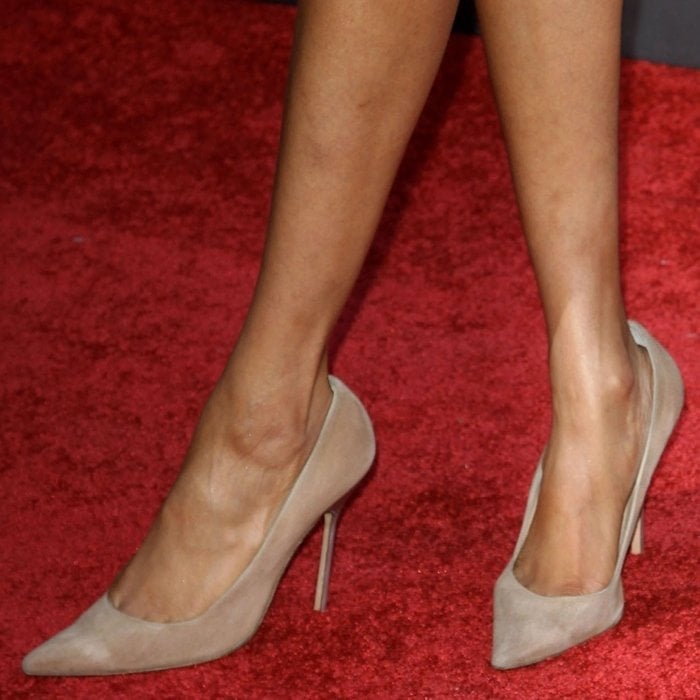
Both Eastern and Western cultures are guilty of this practice. Just as the Chinese were famous for foot-binding, so were the British and French with their silk and satin slippers for women.
These materials, though strong on their own, were not made for more robust activities. They were mostly made for lounging and other indoor activities.
The Birth of High Heels
In case you were wondering how the high-heeled shoe came about, you might be surprised to learn that these shoes were, in fact, first created for men. It was originally made so they could have a tighter hold on the saddle when horseback riding.
It wasn’t until Catherine de’ Medici, Queen of France from 1559 to 1589, started wearing them did they become more of a fashion statement.
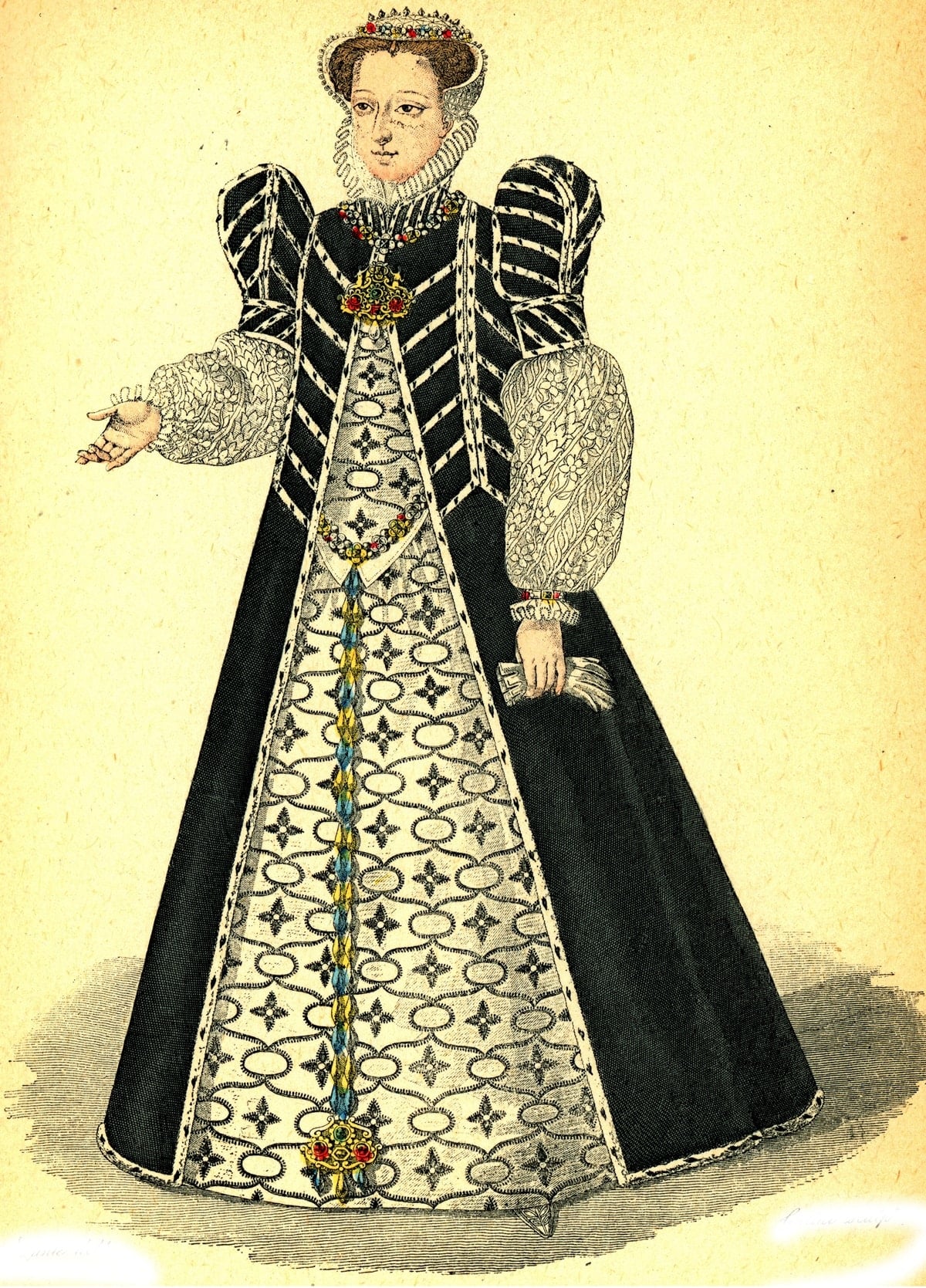
Standing only at five feet, the Italian noblewoman wanted to appear taller to get the future King of France’s attention. She was, quite obviously, successful.
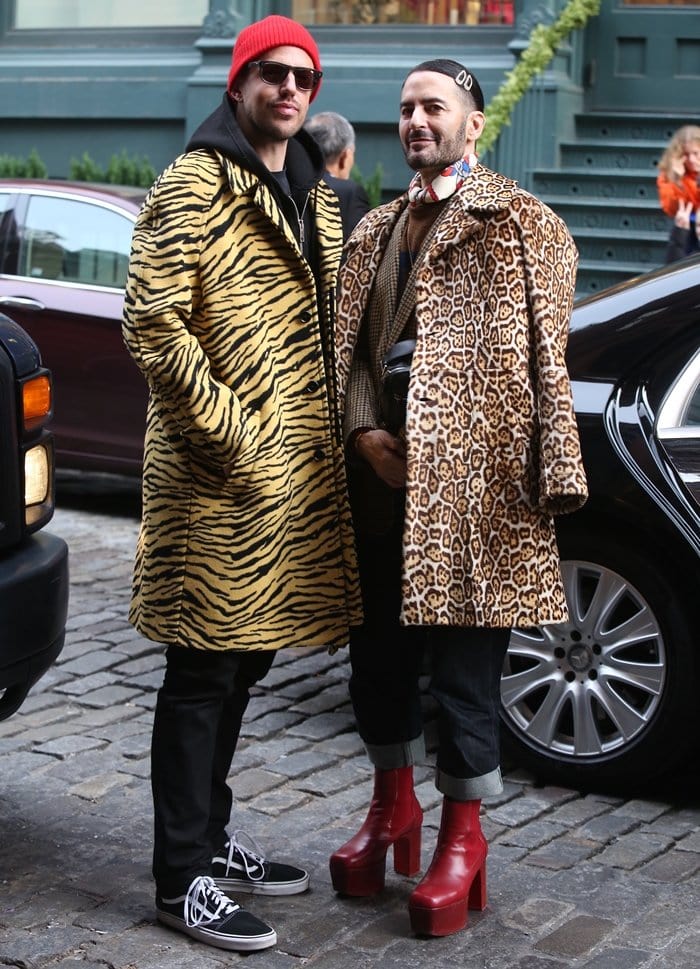
Given Catherine de’ Medici’s small stature, it would be easy to surmise that she had small feet. After all, science dictates that height has a direct correlation to one’s foot size.
A tall person is expected to have big feet, while one of shorter stature will have small feet. Thus, high heels have become beneficial to short women because it elongates their body, giving them a sense of power.
Shoes and Sexual Fetishism
But there’s something else that’s unique to women’s shoes: the sexual undertones. High heels, thigh-high boots, and exotic platforms are just some examples of the shoes women wear if they want to feel sexy.
As previously mentioned, wearing high heels can elongate the body, and anyone who’s walked in high heels would tell you that your gait changes when you’re wearing these shoes.
Anyone wearing high heels, especially five-inch heels and above, would need to add more sway to their hips to stay balanced. This often creates quite an erotic illusion.

This is not something people often associate with men’s shoes. In fact, the modern man would most likely make fun of another man for wearing shoes with heels (even the hidden elevator shoes).
You see, just as men are often attracted to women with small feet, so too are women attracted to taller men. Women often associate a man’s height with his virility, power, and ability to take care of a partner and family.
So while women are expected to get dolled up, all a man has to do is be tall, and he already has one point in his favor.
The Meaning of Shoes in the Modern Era
For the most part, modern society has become less obsessed with the size of people’s extremities. What has not changed, however, is the fact that most retailers still do not cater to women with bigger feet.
The average shoe size is also not universal. For example, in Japan, women with shoe sizes five-and-a-half feet remain popular.
Meanwhile, women in the UK and Australia report an average size of six and a half to seven and a half.
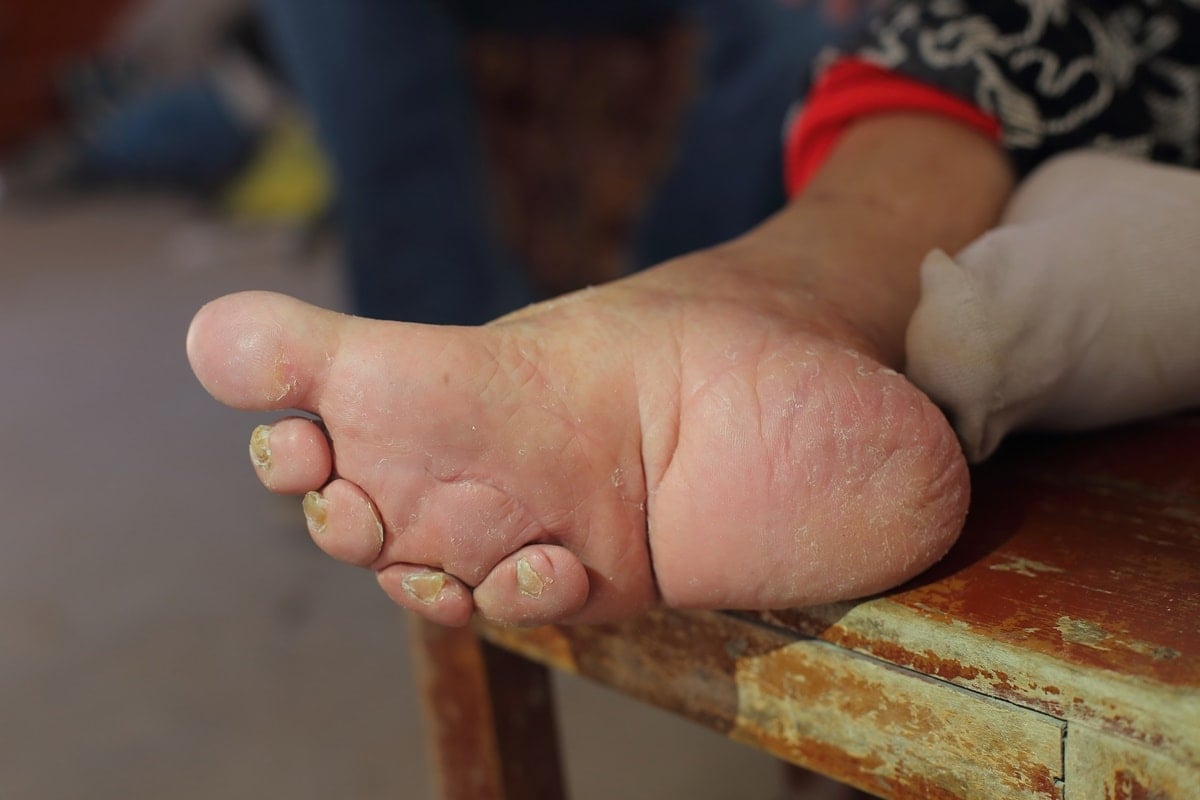
It’s easy enough to explain away the disparity in sizes. Since height often dictates shoe size, it’s no wonder women in Japan have smaller feet than their Western counterparts.
The average height of a Japanese woman clocks in at less than five feet, while an American woman averages five feet and four inches.
The Need for Inclusivity
Naturally, there will always be exceptions to the rule. Take Ariana Grande, for example. The pop superstar is just a hair short of five feet, yet her reported shoe size is six.
Most pundits say this is actually quite big for her height. She also has a penchant for wearing platform boots and pumps, adding to the illusion of having long legs and a short torso.

While size six is still considered to be on the small side, it’s still disproportionately big for her height.
On the flip side, you have someone like Paris Hilton, who is popular for her slim figure, measuring in at US size 11. She may be above average at five-foot-six, but her trim frame makes her feet seem larger than what is considered ideal for her height.
Paris herself had lamented that there aren’t many shoes for women of her size or larger. In response, she created her own shoe line that went up to a size 11.

While the endeavor is indeed noteworthy, the fact that more women are larger than a size 11 still needs to be addressed.
Why are Women’s Feet Bigger Now?
Researchers believe that it is our diets and modern lifestyle that are making our feet bigger than our ancestors.
Modern women have also become busier and more active, contributing to the need to have larger feet to carry their weight as they walk, run, and sprint about.
So perhaps one can say that there’s a correlation between women’s rights and the size of their feet.
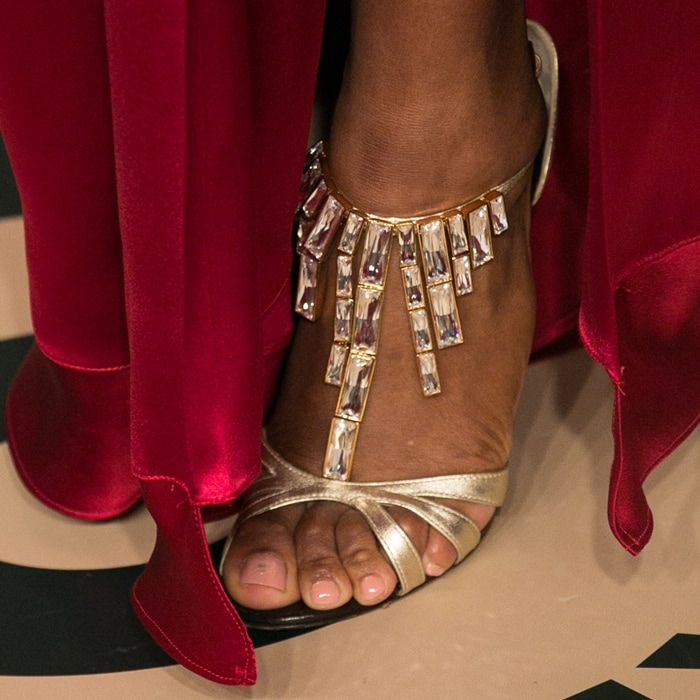
Back in the day, when women were locked away in the castle or were made to stay at home and take care of the family, they were either forced to bind their feet to make them smaller, or they would tape them voluntarily so they would fit into smaller sized shoes.
Dainty feet, after all, were considered attractive and desirable. But now that more women are joining the workforce, actively fighting for their rights, or becoming athletes, their bodies and their feet have just grown and evolved with the times.
The Attraction of Bigger Feet
An indigenous tribe in North Sumatra, Indonesia, called the Karo Batak, says they prefer women with big feet. Researchers believe this is because of the local land conditions where women with big feet are more likely to survive, given the tropical rainforest.
According to a research study reported by NBC News, “men were overheard saying that a woman with larger feet was stronger and thus more productive in the rice fields.”

They have also found that their tribe has virtually no contact with the Western world. Hence, their traditions and way of life remain intact.
On the other hand, this study also showed how pervasive Western ideas of attraction and desire can be.
If the Karo Batak remains untouched by modern ideals, then they can continue to form their own opinions. Should they remain where they are and live how their ancestors lived, their bodies and feet will continue to evolve as time progresses.
A Lesson in Attraction
There is no denying that attraction can be subjective. It can indeed be influenced by outside forces, but, as the Karo Batak tribe has proven, you can also go against the norm.
Judging other people based on their appearance can’t be helped. Even if you were the most open-minded person in the world, you would still have certain biases that could cloud your judgment.
It can be anything from shoe size to eye color to the color of one’s skin. Perhaps we should ask ourselves how, for example, a woman’s shoe size affects her personality.

Do women with small feet make better partners because they have a better sense of humor? Are they more loyal? Does it make them more understanding? More hardworking?
Attraction based on people’s extremities, shape, and size seems rather silly when it is framed in this way. Deep down, we all understand that physical attraction is just the tip of the iceberg.
It’s not unimportant, but it should not be the most important. A person’s worth, either man or woman, should not be measured by physical qualities alone. Yet we often get bogged down by these little physical details.
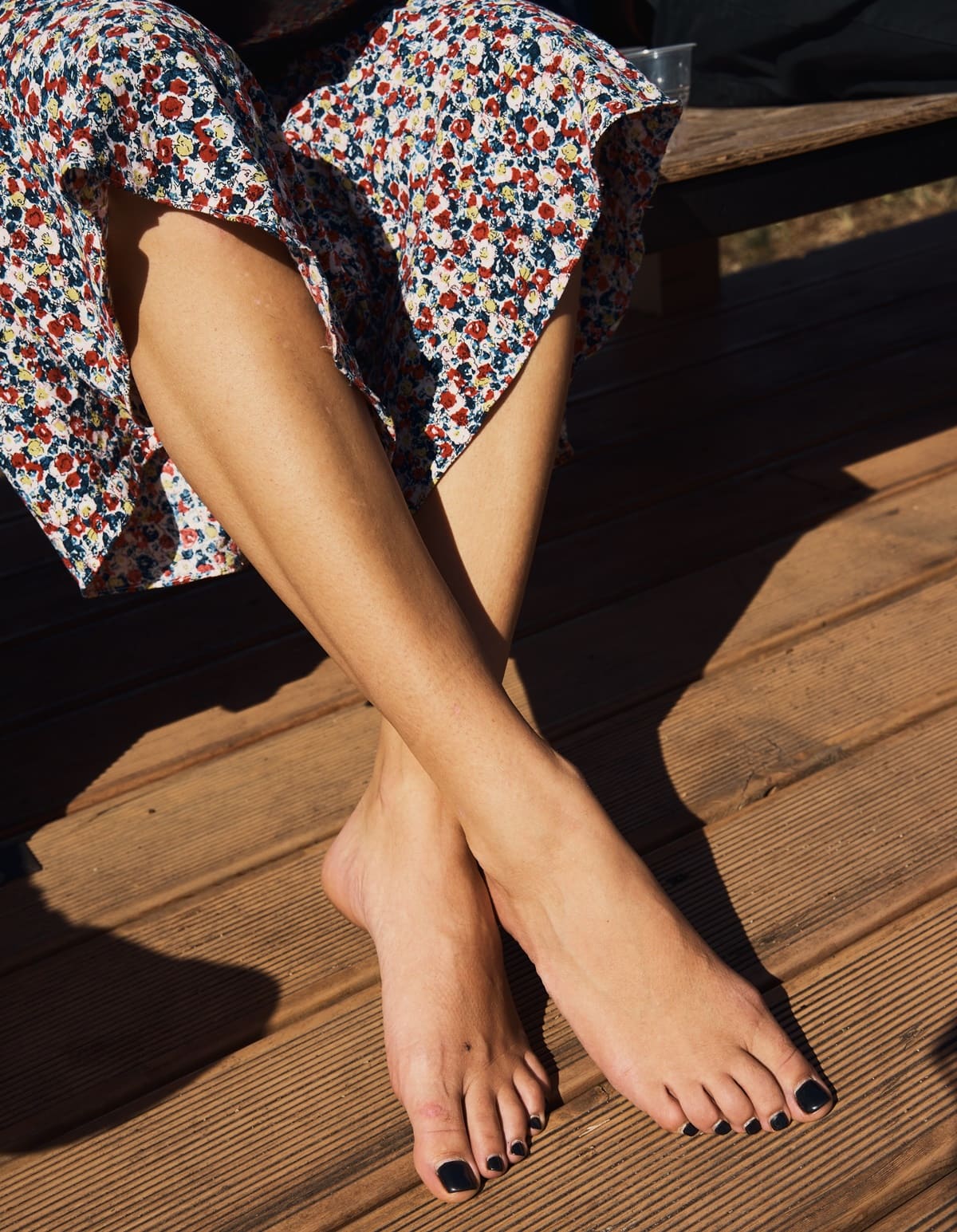
So the next time you find yourself assessing a person’s potential as a partner by simply looking at how they look, ask yourself: am I judging based on what society is telling me, or am I evaluating based on how their personality would jive with mine?
After all, as we have learned from this article, physical attraction can be biased and dictated by the majority.
Go against the status quo and take a page out of the Karo Batak playbook. You might just be surprised by how freeing it could be.
